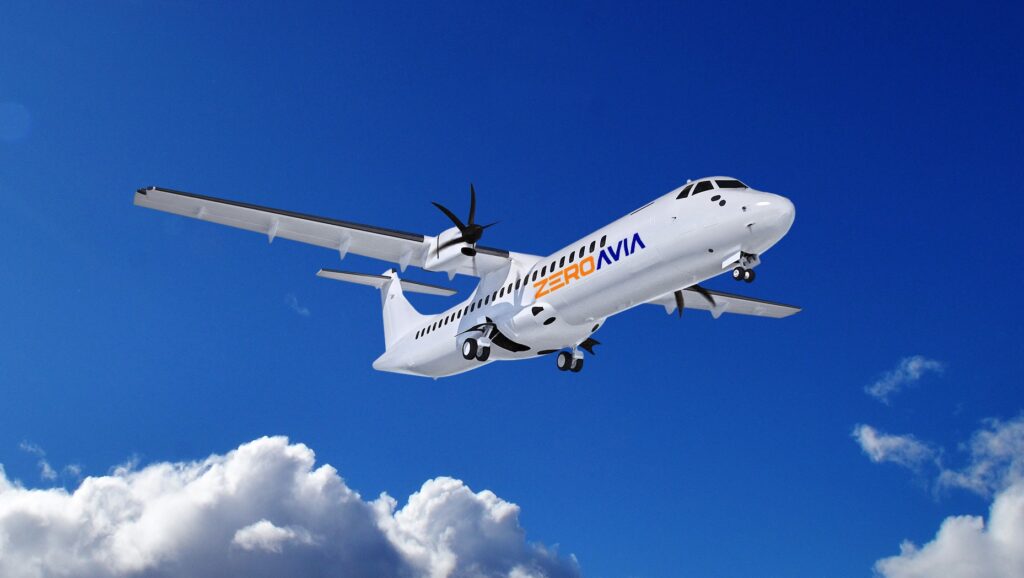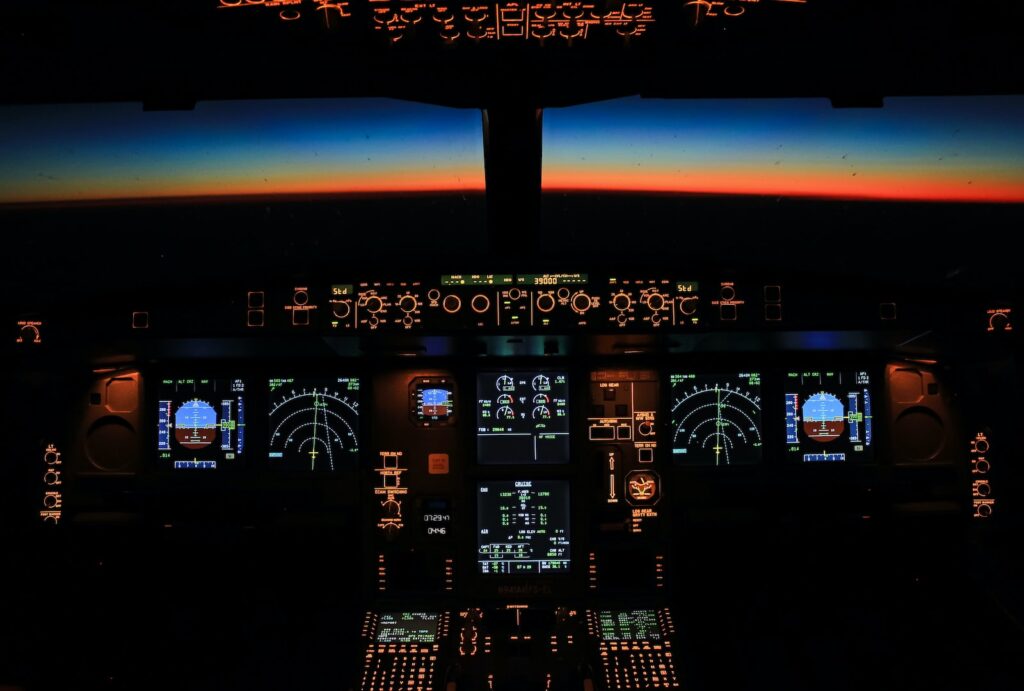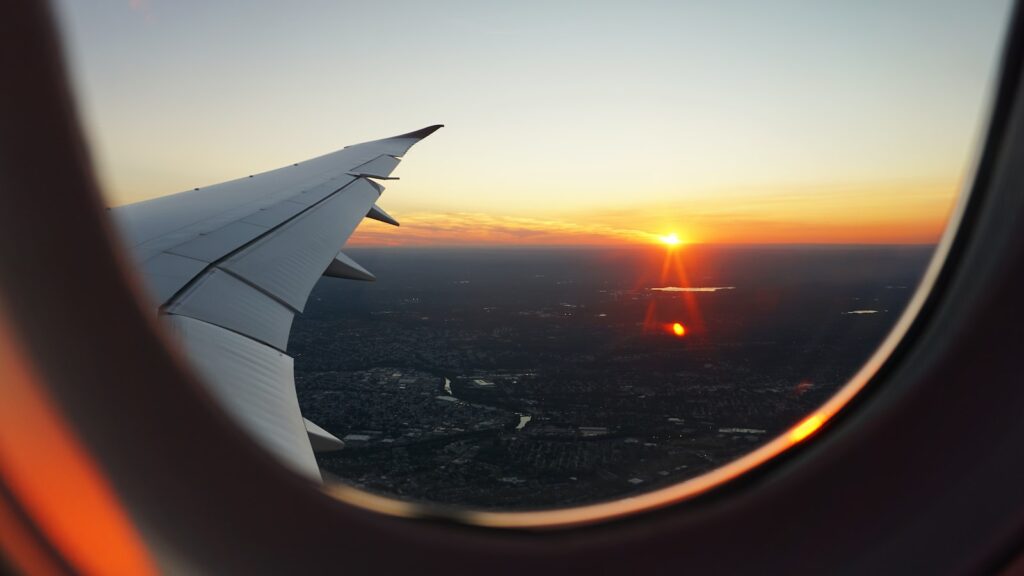Can aviation ever be truly sustainable?
Georgie Hughes explores what the future of flying could look like, as the aviation industry vows to tackle carbon emissions and pollutants.

ZeroAvia’s most recent round of funding will drive the development of its zero-emission hydrogen-electric engine for a 50+ seat commercial aircraft segment by 2026.
Flying has come under the critical eye in recent years, as society has woken up to its environmental impact – in 2019 the buzzword of the year was the Swedish ‘flygskam’ meaning ‘flight shame’. It’s not surprising the public has become concerned.
The aviation industry is responsible for 2.5% of global emissions and aircraft emit nitrogen oxides (NOx), vapour trails and aerosols which heat the planet twice as much as greenhouse gases. But it’s not just the planet’s health at stake: NOx and particulate matter from tyres on tarmac have been linked to asthma and lung cancer.
It has become clear the status quo cannot continue if a healthy and sustainable future is to be created. This hasn’t gone unnoticed by the government, which released its Jet Zero strategy last summer, outlining plans for aviation to be net-zero by 2050. The aviation industry is also aware it needs to change, with investment in low-carbon options such as sustainable aviation fuels (SAFs) and electric planes.
As both government and industry try to determine what the future of flying looks like, one project could provide the answer. Aircraft developer ZeroAvia is working on a plane powered by a hydrogen-electric powertrain which releases 90% less emissions throughout its lifecycle compared to jet-fuelled aircraft. Using solar panels to power an air compression pump, oxygen reacts when combined with hydrogen to produce electricity and powers the motor. Impressively, the only emission from the process is said to be water.
The project is close to becoming a reality with help from Ansys which provided ZeroAvia with multiphysics simulations, such as structural, electromagnetic and electromechanical analysis. Mariano Morales, Director of Technical Account Management at Ansys, says hydrogen powered planes have a lot of potential for rapid scalability, due to their low cost and light weight. Electric planes, in comparison, require lithium-ion batteries which are 48 times less energy dense than kerosene.
‘This means the size, and therefore the weight of the batteries that would be needed to power large, commercial planes is prohibitively high,’ he explains. ‘Hydrogen is three times more energy dense than regular jet fuel, meaning space and weight are much more manageable.’ The powertrains can also be ‘retrofitted into existing aircraft, which simplifies regulatory issues and reduces time to market.’
The engine is still in development, but ZeroAvia predicts its hydrogen planes could carry between 9-19 people over 300 miles by 2025. In future, the company aims to carry around 200 passengers over 5,000 miles by 2040.
However, critics say more focus should be on increasing renewable energy capacity, rather than on cleaning up the aviation industry’s act. Anna Hughes, Director of Flight Free UK, an organisation which campaigns for flight-free travel, says flying must come ‘at the bottom of the list’ of priorities: ‘We are currently in an energy crisis. We don’t have enough renewable energy to power our home. Why would we allocate the precious renewable energy that we have, so we can do a luxury activity such as flying?’
Many sustainable aviation programmes are focused on SAFs, as they can cut emissions by 80% according to BP. Morales also suggests they will play a ‘big role’ in the ‘transitionary period’ to green aviation, but Hughes doubts their environmental credentials, since they’re made from waste fuel out of landfill. This is said to save emissions by preventing them from being generated in landfills. But Hughes says this is ‘skewed logic because you’re still burning it and that doesn’t give us any incentive to reduce the amount of waste we send to landfill.’
There are also issues which renewably powered engines can’t necessarily solve, as Communities Against Gatwick Noise Emissions (CAGNE) points out. Campaigning against the expansion of Gatwick Airport, many members of the organisation, which began in 2014, live in its surrounding areas and experience the effects of flying first hand. Noise pollution is a particular issue, according to CAGNE Chair Sally Pavey: ‘Aircraft noise has got quieter but it’s the number of aircraft that they release at peak times. One of the major issues is that it’s 24/7, so night flight is a major issue for local people and when I say local, I mean in the 30-mile radius.’
A concentrated flight path means someone who was once getting one or two planes an hour could get up to 56 flying over their house. Research shows aviation noise leads to disturbed sleep, impacts children’s cognitive performance and is even linked to cardiovascular disease. While there’s indication that electric and hydrogen planes could be quieter, Pavey says ‘noise isn’t actually high on the agenda’.
Hughes’ Flight Free UK campaign encourages less flying to reduce emissions, claiming that inexpensive sustainable solutions are still a long way off from being fully formed. CAGNE is also on board with this, as Pavey says ‘new technology is still on the drawing board’ and ‘isn’t going to be on the commercial routes anytime soon.’ Both highlight the importance of tackling aviation emissions today, as temperatures rise and global deaths caused by air pollution continue to occur.
Less flying could be achieved by raising flight costs through taxes on aviation fuels, tackling greenwashing airlines and making consumers fully aware of the environmental impacts of flying. Rishi Sunak’s recent flight from London to Leeds which landed him in hot water also highlights another proposition: to ban flight routes between places which can be travelled to via train. This measure was recently introduced in France, as certain short-haul flight routes have been banned where alternative rail routes are available.
Flying is a key part of our culture, as we have become accustomed to holidays abroad, which will be ‘difficult to reverse’ according to Hughes. However, she has hope things could change, as she points to the behavioural change witnessed once smoking in public places was banned: ‘As soon as the ban came in, people stood outside or didn’t smoke anymore. We are so reluctant to change our behaviour, but once the change happens we adapt very quickly.’
Arguments against a reduction in flying say it could impact the economy and lead to job losses. But Pavey says the ‘jobs never materialise’ when airports expand and Gatwick Airport ‘always struggles to find staff.’ Automation within the aviation industry is also having an effect, with the New Economics Foundation finding that the number of jobs available per passenger falls by 2.6% per year. Hughes says we should focus on driving green jobs instead, adding: ‘Every job in aviation can be relocated elsewhere, there are transferable skills. For example, if you are an engineer, you could be a renewable energy engineer.’
Morales admits transforming aviation into a sustainable industry ‘will not happen overnight’ and will ‘involve lots of innovation and effort.’ However, in response to those who are doubtful of the industry’s ability to become net zero, he says: ‘Sometimes it is easy to be sceptical when certain technologies are in their initial stages (there were experts initially who predicted that the internet would never catch on) but the industry is committed to a more sustainable future and is pouring a lot of resources into that endeavour.’
The industry must remain focused on accelerating the transition to greener initiatives, adds Morales, who suggests that simulation will play a key role in achieving this. Engineering simulation, virtual prototyping and digital twins can ‘push forward and fully implement some of the amazing technologies and new solutions into the mainstream.’ It can also help to drive down costs, reduce time to market and reduce the need for wasteful prototypes.
Aviation will always remain a key form of transport and finding sustainable solutions to transform the industry is important. However, it’s also crucial that the government also offers support elsewhere to tackle transport emissions and boost less carbon intensive modes of travel. Trains in the UK have been facing a difficult period with ongoing strike action, ancient infrastructure and prohibitive costs. It’s imperative these problems are fixed not just to repair Britian’s broken rail system, but also to drive down emissions as the pressure is on to reach net-zero on time.
The path towards sustainable aviation is still unwinding and it’s still unclear exactly what the future of aviation looks like. While we may see behaviour changes when it comes to flying, with people more aware of the environmental impacts, flying will always remain a vital form or travel, connecting people to faraway places. The industry also shows no signs of slowing down, with demand growing by 5% per year from 2000 to 2019. Currently, the industry is off track on reaching net zero, according to the International Energy Agency, and ZeroAvia’s planes are not set to become commercialised on a large scale until 2040. It’s clear rapid innovation is required to get aviation on track and to rectify an industry which has been clouded by its negative environmental record.
This article first appeared in the 2023 Transport Special issue of Air Quality News. You can read the full magazine below.
Image: Top: ZeroAvia / Middle: Andrés Dallimonti / Bottom: Eva Darron

















